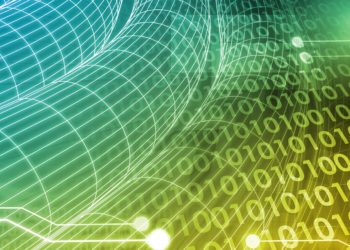Wells Fargo Reminds Customers About Beacons in Time for Holiday Shopping
 One of the nation’s biggest banks is taking on PayPal in the shopping space.
One of the nation’s biggest banks is taking on PayPal in the shopping space.
Wells Fargo Wholesale (tweeted today about its beacon offering to support merchants during the year’s busiest shopping season. Here’s the tweet:
How can #beacons help you build brand loyalty and improve your customers’ experiences? https://t.co/glK77lt4IM
— WellsFargo Wholesale (@WellsFargoB2B) December 7, 2015
The tweet may simply be a message reminding users about its beacon program, launched for business customers in the summer of 2014.
Which brings up the question, What the heck happened to beacons? They may be primed for a comeback. Mobile research firm Juniper announced today that 1.6 billion coupons would be pushed to consumers by 2020.
Beacons are transmitters that use a Bluetooth Low Energy signal to send messages to users’ mobile devices. Use cases can include a welcome message from a bank branch or discount codes and virtual coupons in stores. Despite receiving widespread media coverage over the last several years, beacons have yet to penetrate the everyday shopping experience. Low-cost and lightweight beacons are straightforward to deploy, but the strategy around use cases is a different story. Perhaps that is where Wells Fargo will seek to differentiate its beacons?
PayPal and Apple were early advocates of beacons, and Apple’s iBeacons were widely deployed in Apple stores in 2013. PayPal’s beacons, also introduced in 2013, were designed to pair with its updated app for POS purchases. The beacon would ping a user’s phone, which would activate the PayPal app. The app could then “check in” with the point of sale, letting merchants know who was here and and perhaps alert them to preferences. This is how in-branch beacons would work as well.
Shopkick, a digital “shopping companion,” also announced the launch of beacons in fall 2013.
In 2014, Wells Fargo speculated beacons might be used in malls, sports arenas, and other large public spaces. While that future may not yet have arrived, with holiday shopping on consumers’ minds (and phones), now may be the right time for the bank to remind businesses about those little offer-machines known as beacons.











